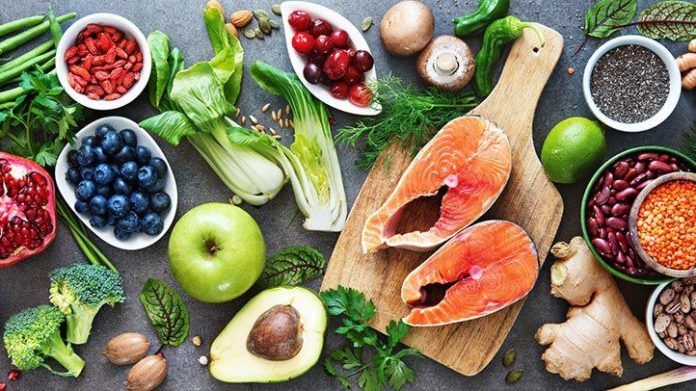Affiliate Disclaimer
Some links in this article are affiliate links. We may earn a small commission if you make a purchase through these links, at no extra cost to you. We only recommend products we find useful to our readersFatty liver is a serious medical condition when fats (triglycerides) accumulate over time on the liver. Liver is a very important organ in our body; it detoxifies various metabolites, synthesizes proteins and produces biochemicals necessary for digestion and growth. Fat builds up in the liver of the people who eat excess calories. When the liver cannot process and break down fats as it normally should, too much fat accumulates and it becomes important to consume foods for the liver in our diet plan.
Fatty liver occurs because of consuming alcohol, smoking, sedentary life and also there is reversibility possible in those who consume a lot of alcohol in a short-period of time. It is not only important to avoid having fatty liver but also important that we take care of ourselves and others who have fatty liver. It is possible to avoid fatty liver by changing diet and lifestyle- like following a fatty liver diet plan.
How to treat Fatty liver with food?
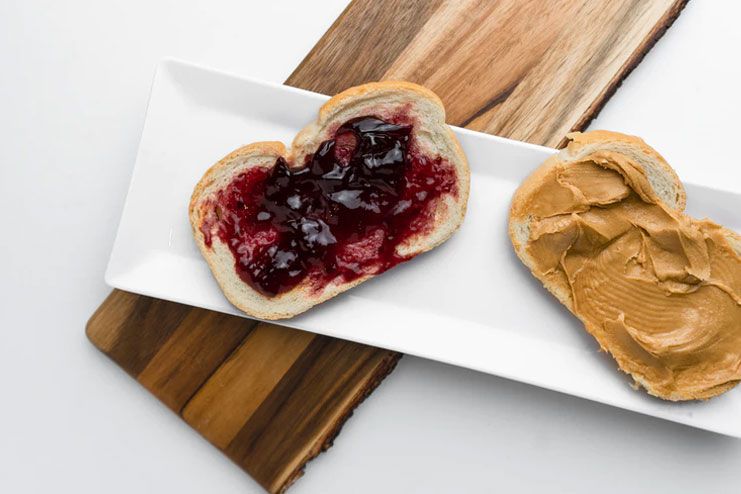
Ways to get rid of fatty liver are to lose excess weight – safely. Lose no more than half to one kilogram (one to two pounds) a week. One can lower their triglycerides through diet, medication or both, avoid alcohol, control your diabetes, if you have it, eat a balanced, healthy diet, increase your physical activity and get regular check-ups done.
There are two types of fatty liver diseases,
- Alcoholic Liver Disease (ALD)
- Non-Alcoholic Fatty Liver Disease (NAFLD).
The prevalence of NAFLD globally is 25.24% and alcohol is one of the commonest causes of end-stage liver disease with 50% of cirrhosis related mortality being attributed directly or indirectly to alcohol. The World Health Organisation (WHO) envisions a reduction in mortality from ALD cirrhosis to less than 3.2 per 100,000 population by the year 2020. Survival rate of fatty liver disease is 75 percent. In the 21st century fatty liver has increased according to WHO.
Foods That Protect Your Liver
Having a balanced healthy diet is most important if you are trying to get rid of fatty liver and some physical activity too. At least 150 minutes of weekly physical activity is advised by National Institutes of Health (NHS). Below are the best foods for fatty liver repair to include in your diet. We will tell you how these food will help you through new top liver foods journey in your fatty liver diet plan. This diet plan is based on According to EASL-EASD-EASO Clinical Practice Guidelines.
1. Fish and seafood:
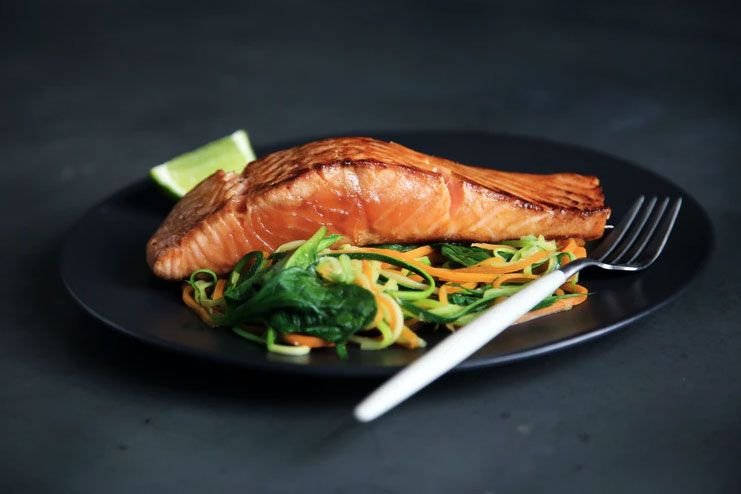
Poly-unsaturated fatty acid (PUFAs) can help cut down lipid accumulation in the liver. Salmon, sardines, tuna, and trout are all high in omega-3 fatty acids and are great sources to cut down your fatty liver. For vegetarians, soy and broccoli are great options. These are long chain PUFAs and include the precursor α-linoleic acid (ALA) and its metabolites eicosapentaenoic acid (EPA) and docosahexaenoic acid (DHA) and can help bring down the inflammation.
Per day consumption: A 15-18 month course is advised.
2. Fruits:

Fatty liver can also lead to Type-2 Diabetes and Obesity. Fruits are polyphenols are antioxidant producing flavonoids and non-flavonoids that display beneficial effects on metabolic homeostasis and exert anti-inflammatory and anti-fibrotic effects in in vitro and in vivo NAFLD models.
Per day consumption: Brunch or dinner and lunch salads.
3. Whole grains:
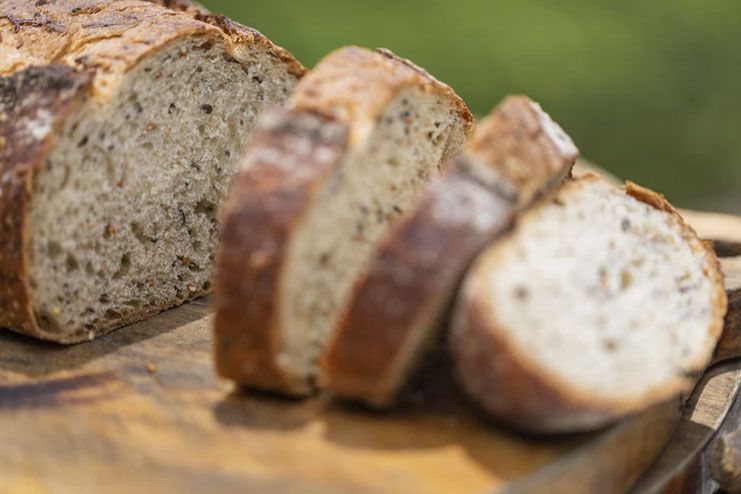
Per day consumption: Staple diet
4. Nuts

Per day consumption: Snack time, salads, dinner or lunch.
5. Olive Oil:

Per day consumption: Staple diet
6. Vegetables:

Per day consumption: Staple diet
Read: 10 Foster Health reasons To Go vegetarian – Everything You Must Know!
7. Avocados:
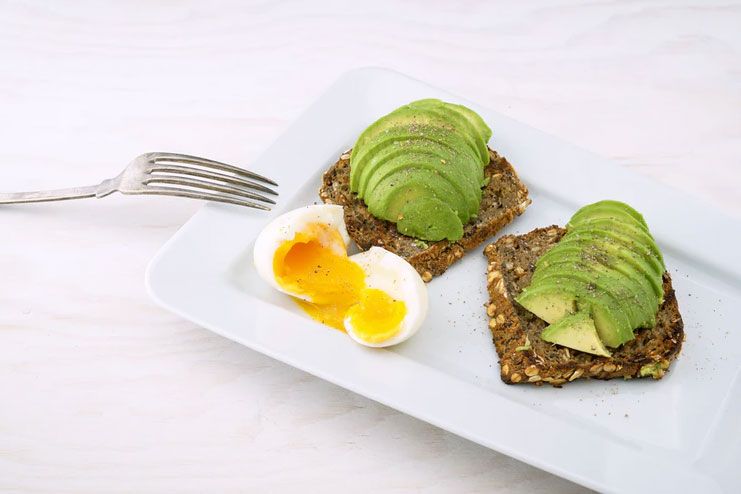
Per day consumption: Once a day.
8. Legumes:
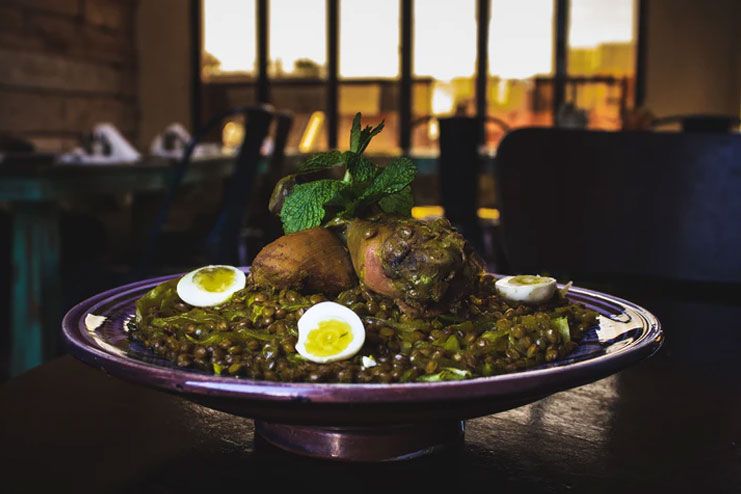
Per day consumption: Lunch or dinner.
9. Coffee:

Per day consumption: Two-three by two cups per day.
10. Green Tea:
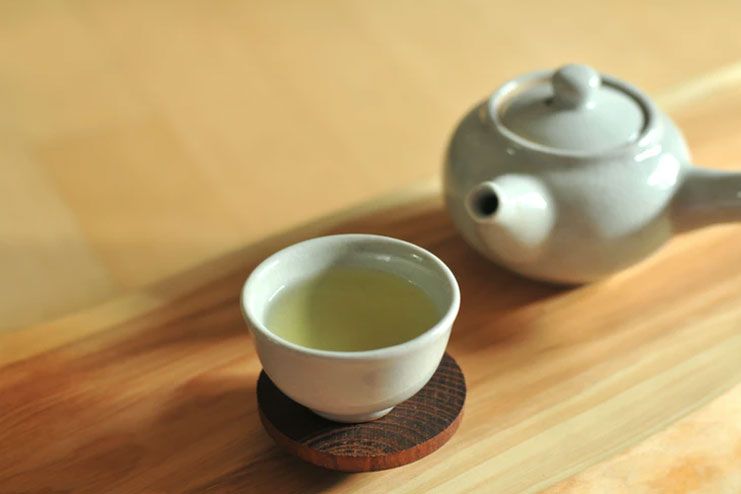
Per day consumption: Five cups of green tea is safe
11. Lemon water:
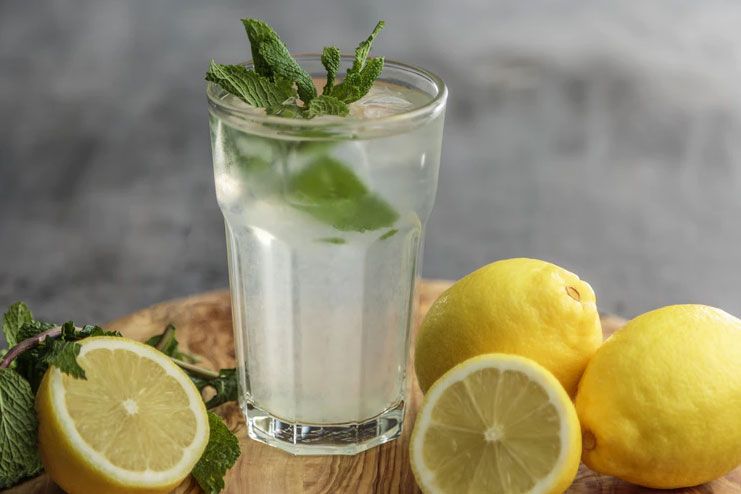
Per day consumption: One lemon into water and drink 2 to 3 times a day.
12. Oatmeal:
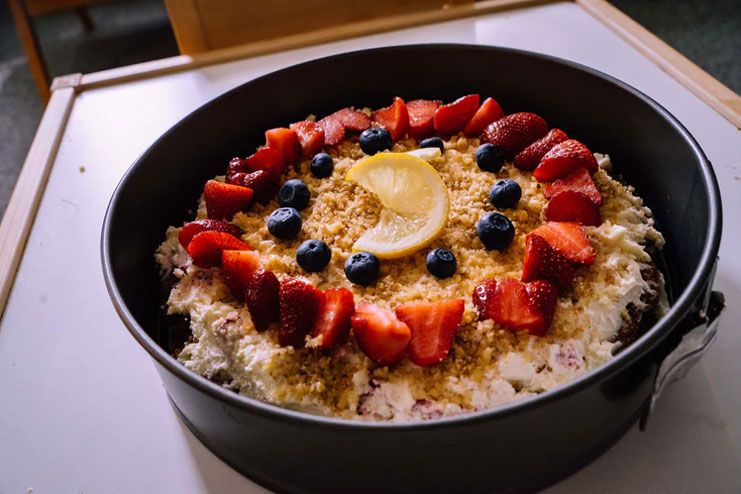
Per day consumption: Once a day
13. Garlic:

Per day consumption: Staple diet
14. Tofu:
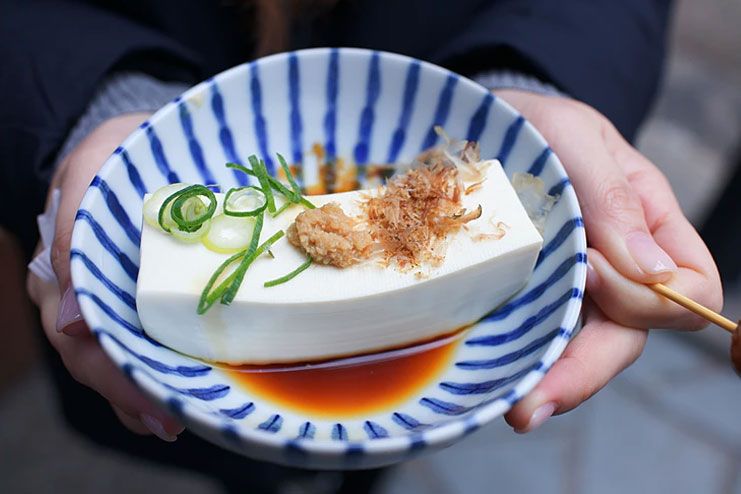
Per day consumption: Try replacing your regular serving of meat or chicken with tofu from time to time – your liver will thank you later.
15. Herbs:

Per day consumption: staple diet
Read: 5 Foods that Will Naturally Cleanse your Liver
Foods to avoid to reduce liver fat
Once you have fatty liver or are aware of the disease you might want to reduce in the intake of the following in your fatty liver diet. Eating out is not is good for you.
1. Sugar:
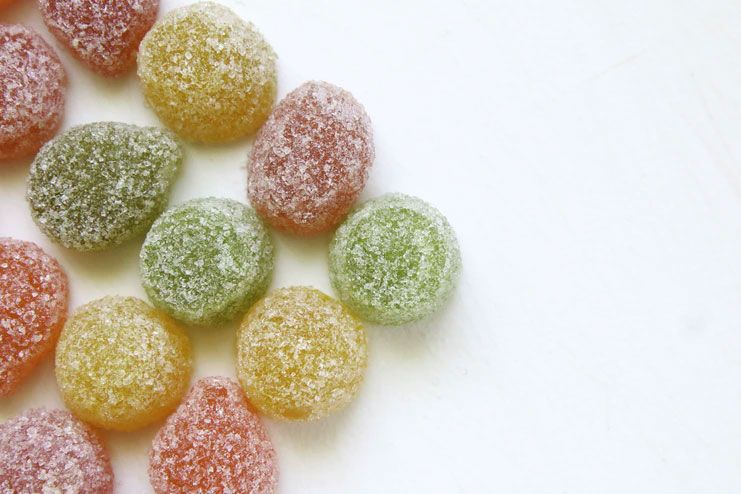
2. Alcohol:

3. Acetaminophen:
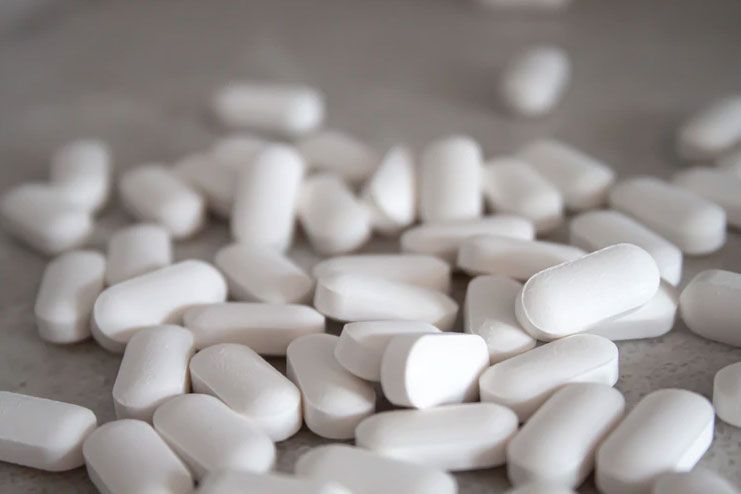
4. Packaged foods:

5. Red Meat:
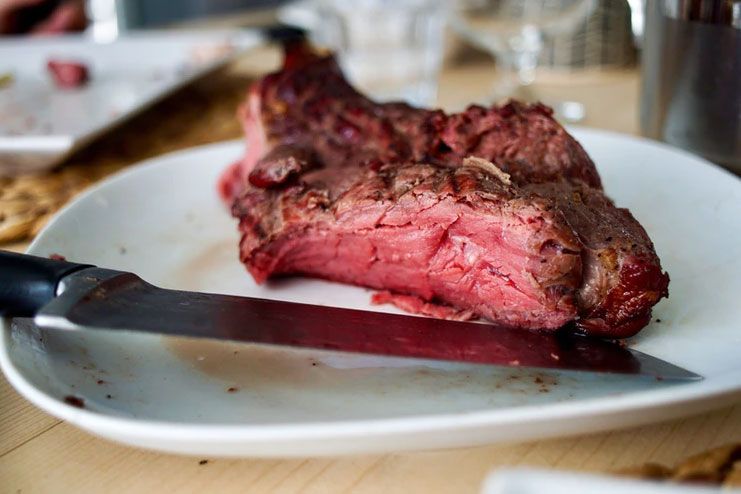
Alternatively, red meat contains high amounts of bioavailable heme iron- may caused “iron loading”. Iron loading is when the deposition of iron up-regulates cholesterol biosynthesis pathways and this has been proposed as an additional mechanism of iron-induced liver injury in non-alcoholic steato-hepatitis. Beef, pork, and deli meats are all high in saturated fats and NAFLD and ALD people should avoid. Eat fatty fish like salmon, skinless chicken or turkey and lean pork. People who eat a lot of animal protein are more likely to have excessive fat in their livers.
6. White bread:
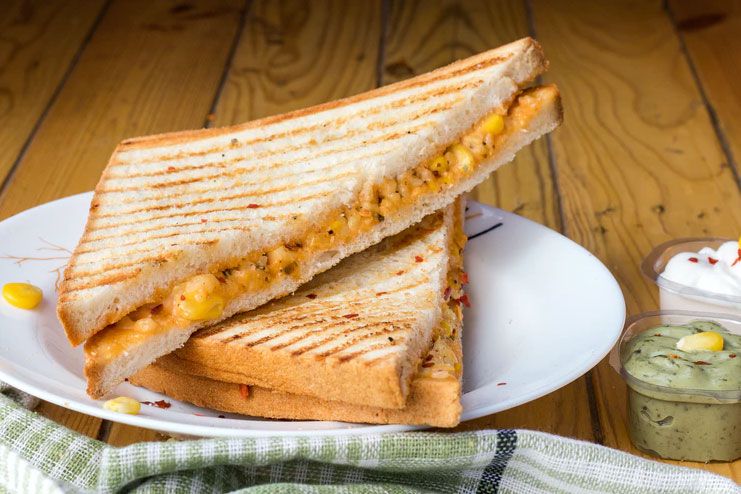
7. Fried foods:
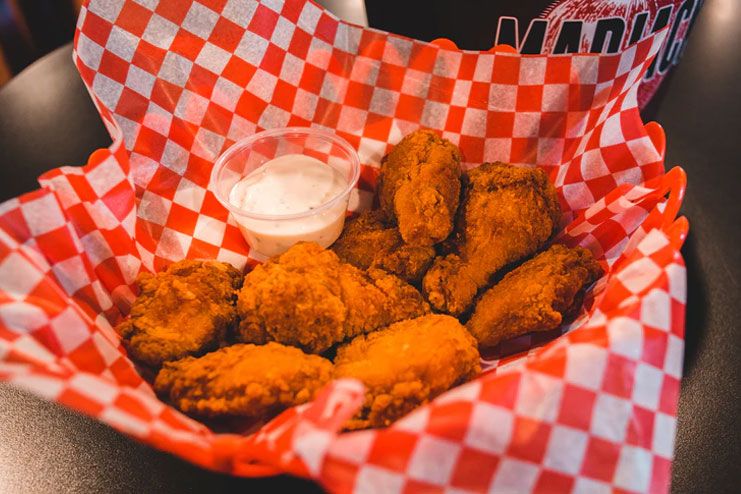
They are also sometimes cooked in unhealthy oils like, canola oil, soybean oil, cottonseed oil, corn oil etc. High amounts of polyunsaturated fats are known to form acrylamide when exposed to high heat. High acrylamide can cause neurological disorders.
8. Salt:

Supplements needed to reduce Fatty liver
As the Supplements are used after there is a failure to modify lifestyle. And these should be taken only under supervision. Research is still happening on most of the supplements mentioned below. But these supplements are prominently used in reducing fatty liver.
1. Silymarin:
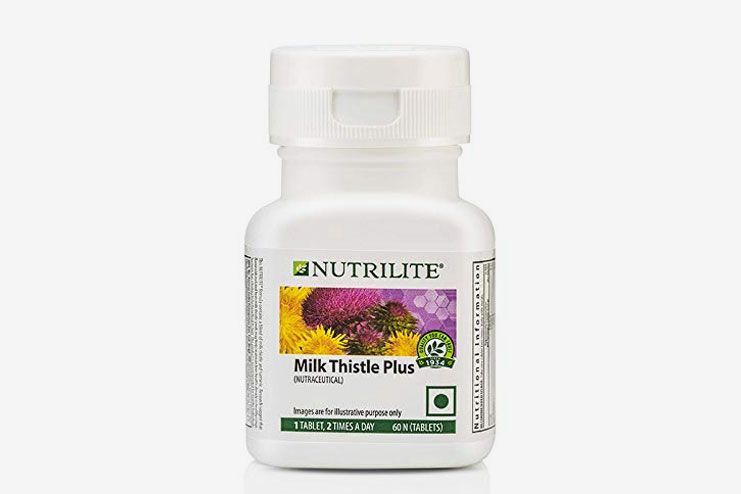

This chemical works in various ways, including by having antioxidant and anti-inflammatory effects. Silymarin acts as a free radical scavenger and modulates enzymes associated with the development of cellular damage, fibrosis and cirrhosis. It has hepatoprotective effects when consumed in right doses.
2. Curcumin:
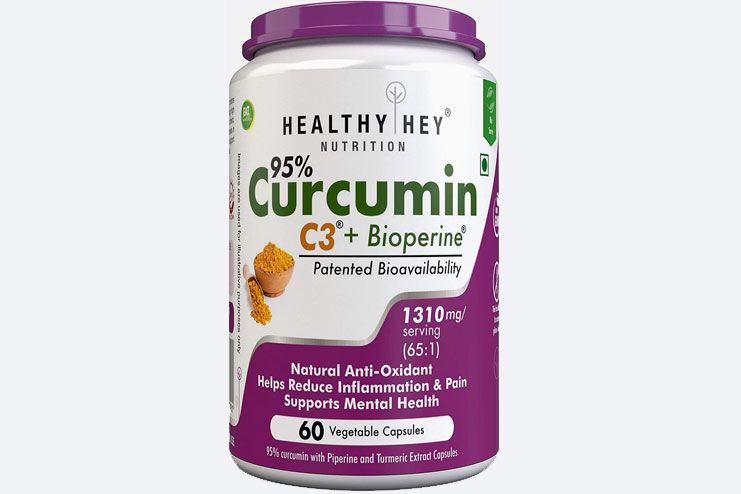

Curcumin extract, is found in turmeric, is a promising, but not proven, while the role for turmeric is less clear. Liver damage, characterized by poor production of Alanine Aminotransferase (ALT) and Aspartate Aminotransferase (AST) by the liver. It is noted that NAFLD severity is reduced with the use of curcumin.
3. Anthocyanins:
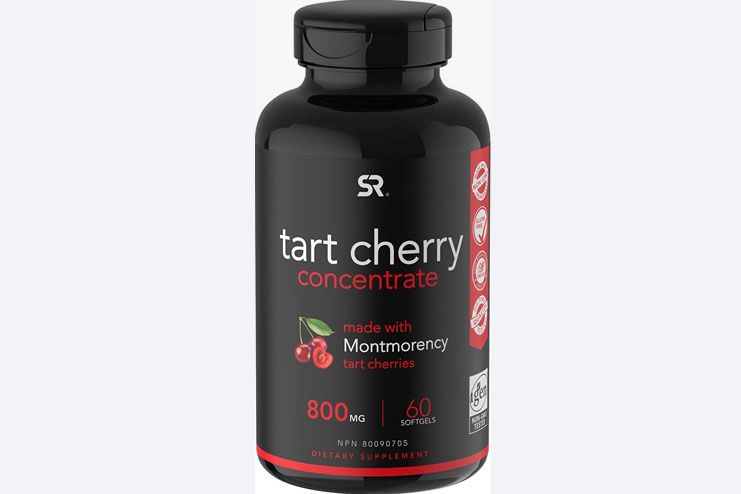

These chemicals are found in supplements like grape seed extract. Evidence showed that anthocyanins effects on NAFLD are protective.
4. Berberine:
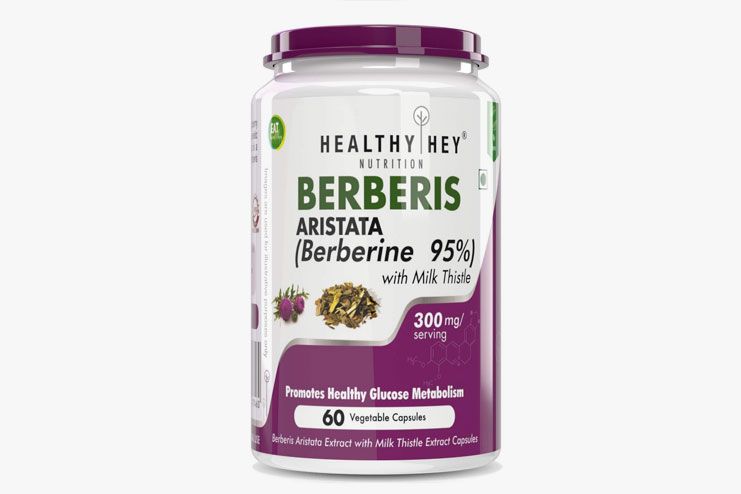

This chemical Berberin (BBR) is found in a variety of herbs like goldenseal. BBR shows promising effects in the treatment of NAFLD by influencing various metabolic activities in the body. The inhibition of mitochondrial β-oxidation (β-OX) by BBR participates in the pathogenesis of NAFLD. According toan analysis, berberine has positive efficacy on blood lipids, blood glucose, liver function, insulin resistance, and fatty liver condition. Although these effects are dose dependent.
5. Carnitine:
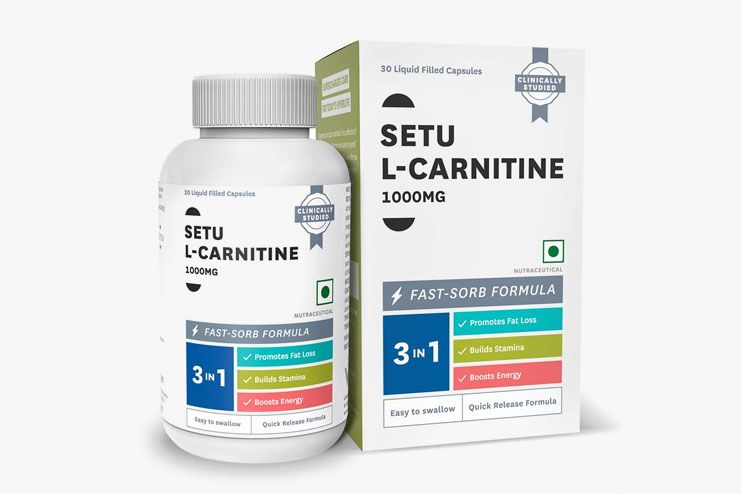

These are derived from amino acids which are the building blocks of life. Carnitine improves liver enzymes in people with NAFLD in around three months of use. Research shows tissue staining – decrease in lipid deposition in the liver via L-carnitine administration.
6. Vitamins:
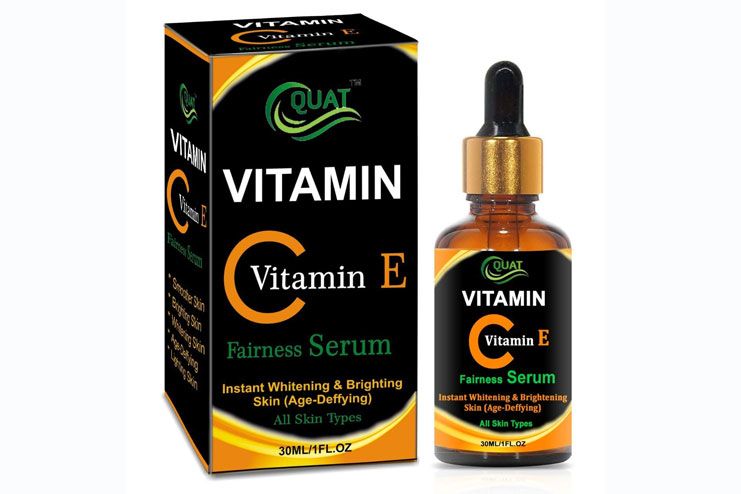

Vitamin E with vitamin C and a cholesterol-lowering medicine is good for reducing fatty liver.
What does a Fatty Liver Diet plan look like to reduce fatty liver?
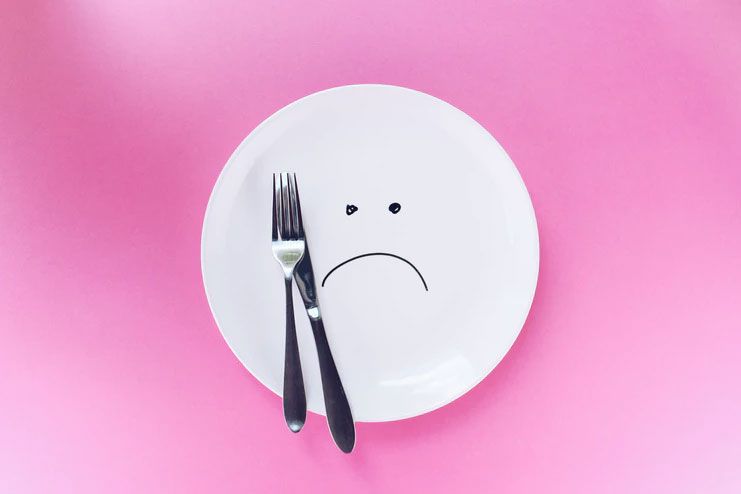
Coffee to lower abnormal liver enzymes, greens will prevent fat buildup in your body. So have broccoli, spinach, Brussels sprouts, and kale. For proteins tofu is good. It is low in fat and high in protein. Fatty fish can have anti-inflammatory effects that reduce fat levels. Salmon, sardines, tuna, and trout are great sources of omega-3 fatty acids which cuts down fatty liver.
Oatmeal is the best breakfast to have the energy to start your day. It has carbohydrates from whole grains and its fiber content also fills you up. Walnuts are generally good for your liver. Avocados are high in healthy fats, and research suggests they contain chemicals that slows down liver damage. Milk and other low-fat dairy also protect you from liver damage. Dairy is high in whey protein, which is good for the future of the liver. Have nuts- like sunflower seeds-these seeds are high in vitamin E. This will protect your liver from further damage.
Cook using olive oil for weight control. They have high in omega-3 fatty acids. Using herbs like garlic adds flavor to your food and garlic powder definitely reduces fatty liver disease. Along with some exercise, have green tea for less fat absorption. It can reduce fat storage in the liver and improve liver function. Green tea is beneficial in lowering cholesterol to aiding sleep.
Add-on Tips to reduce fatty liver easily?
- Reduce your high-calorie diet to avoid fatty liver disease. Lose excess weight. Get active.
- If you have NAFLD, keep in mind that not all diets and supplements are healthy for your liver.
- Try the Mediterranean diet.
- Drink coffee.
- Avoid foods with added sugars.
- Target high cholesterol.
- Try an omega-3 supplement.
Conclusion
Fatty liver is too much fat in your liver which causes liver inflammation. It can create scarring. In severe cases, this scarring can lead to liver failure. Fatty liver can develop with eating and drinking in excess and having a sedentary lifestyle. Fatty liver fortunately can be reversed if addressed at an early stage. If you follow a healthy diet, increase your physical activity and perhaps take supervised supplements- it can reduce excess liver fat and decrease the risk of its progression to more serious liver disease.



























